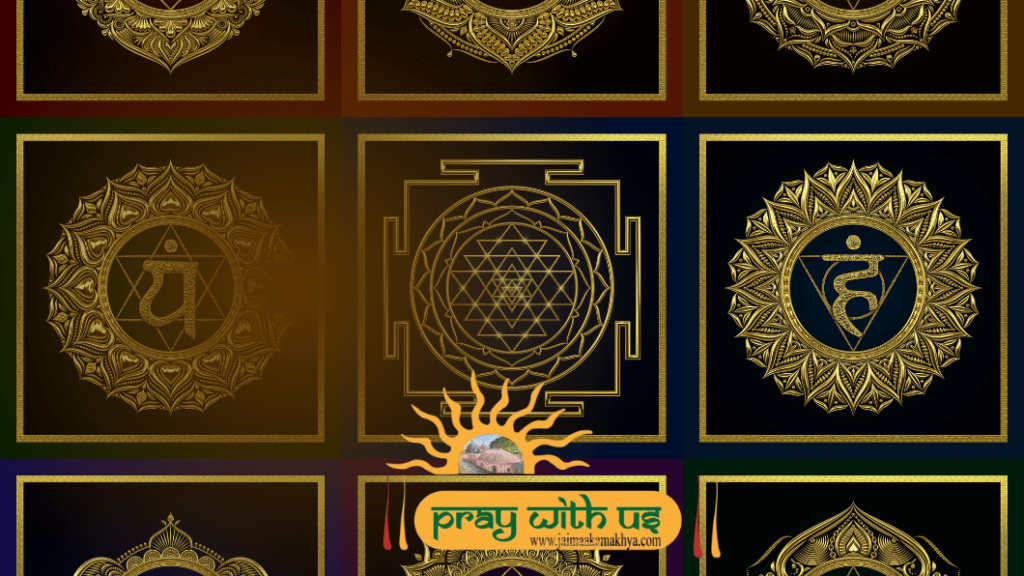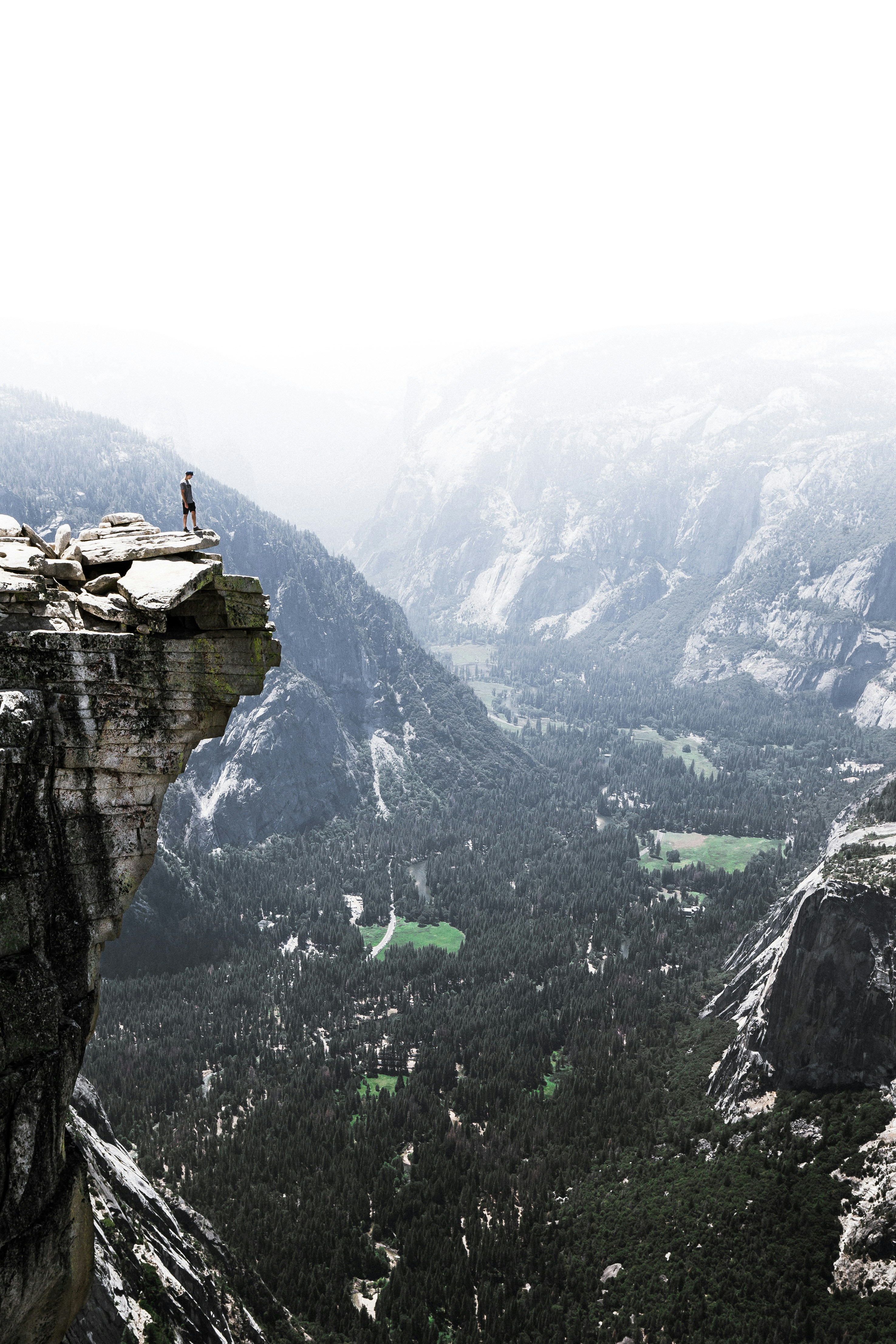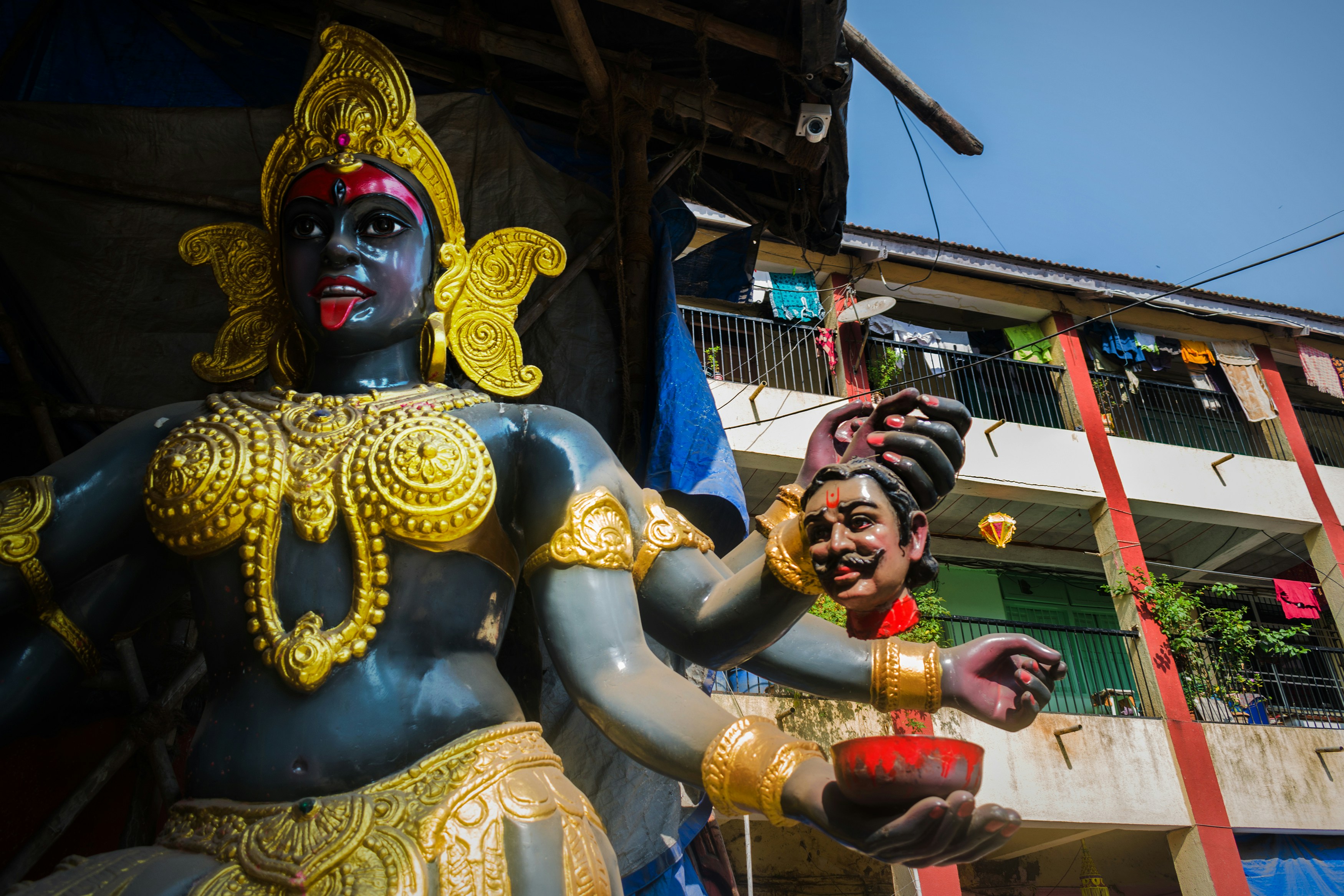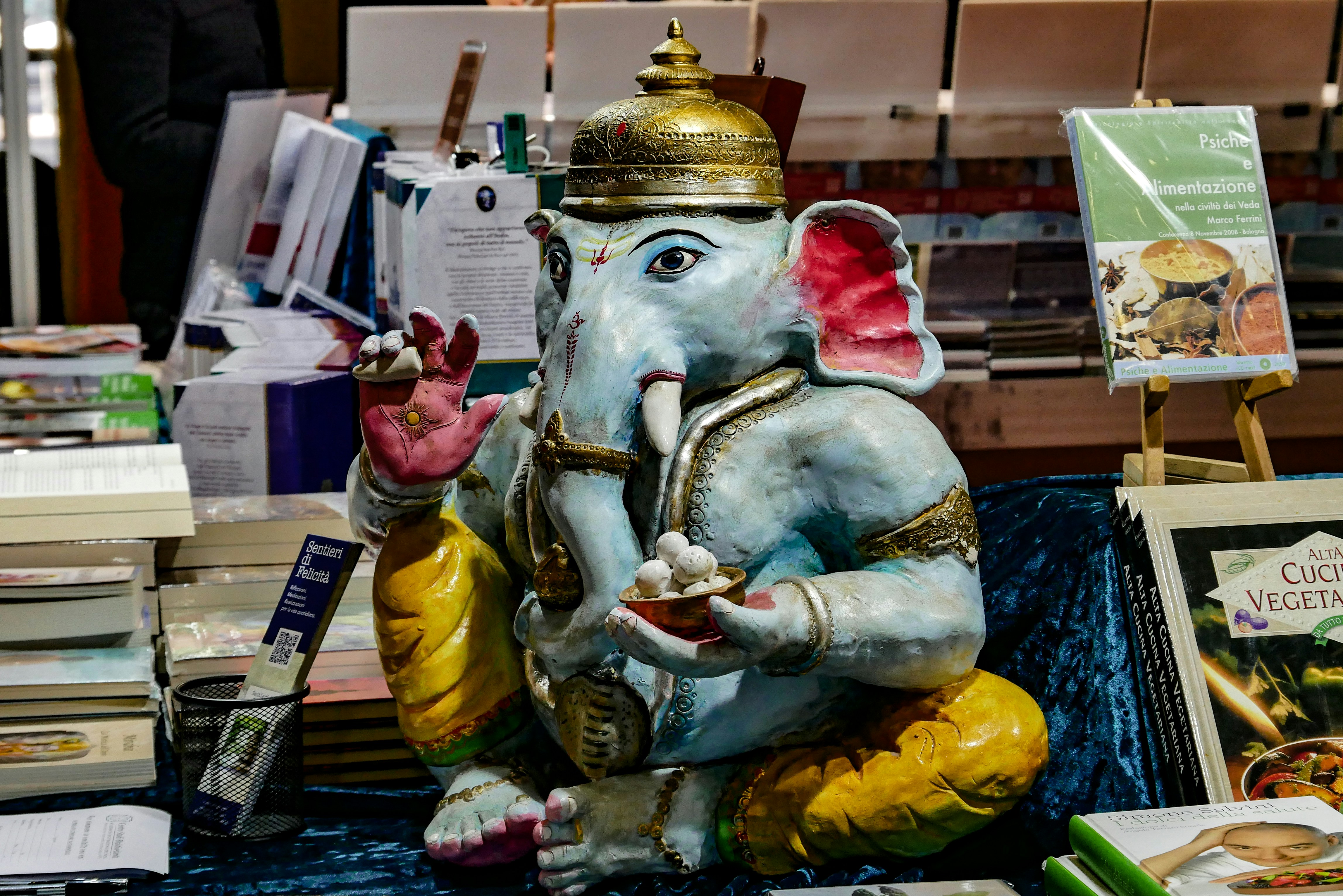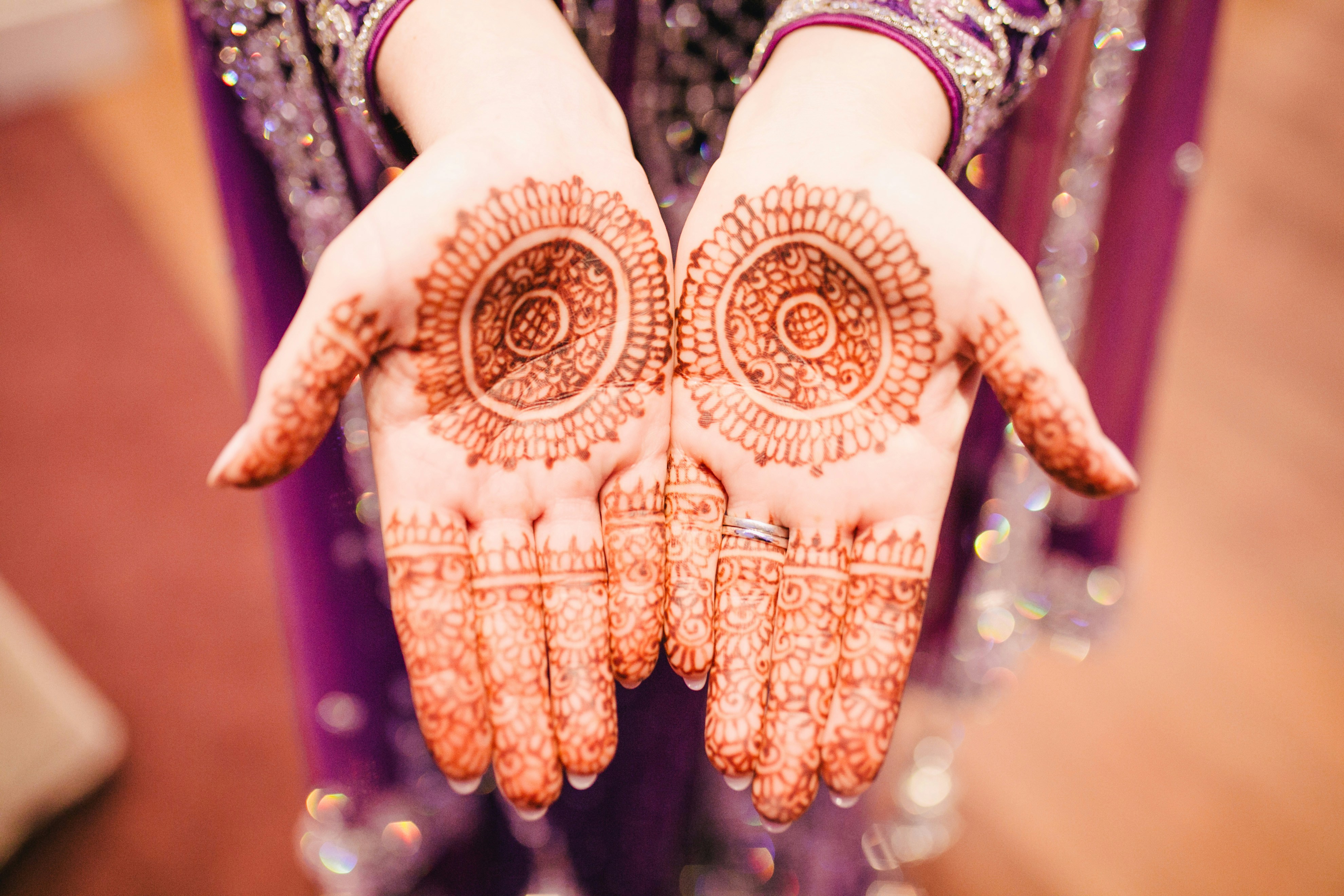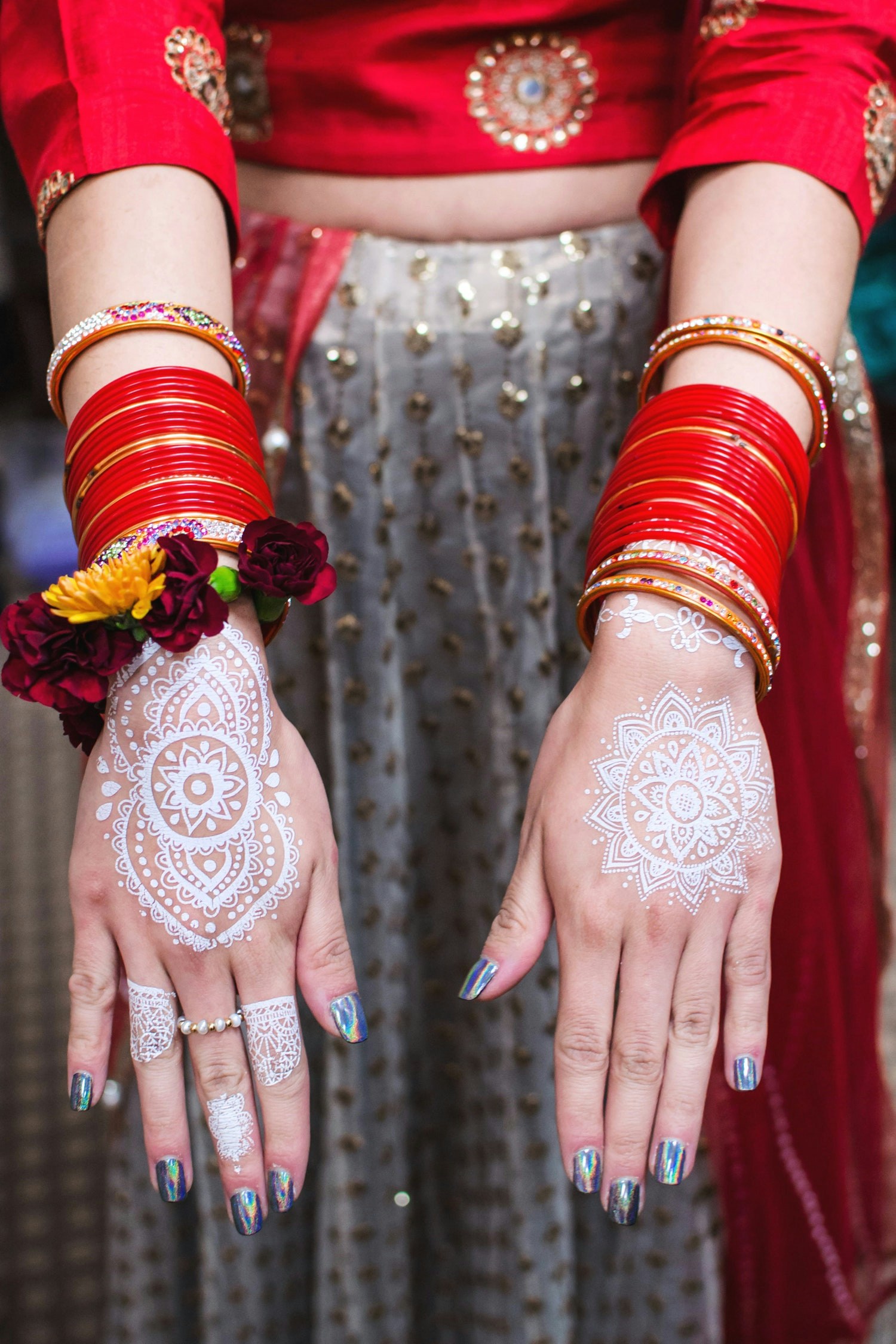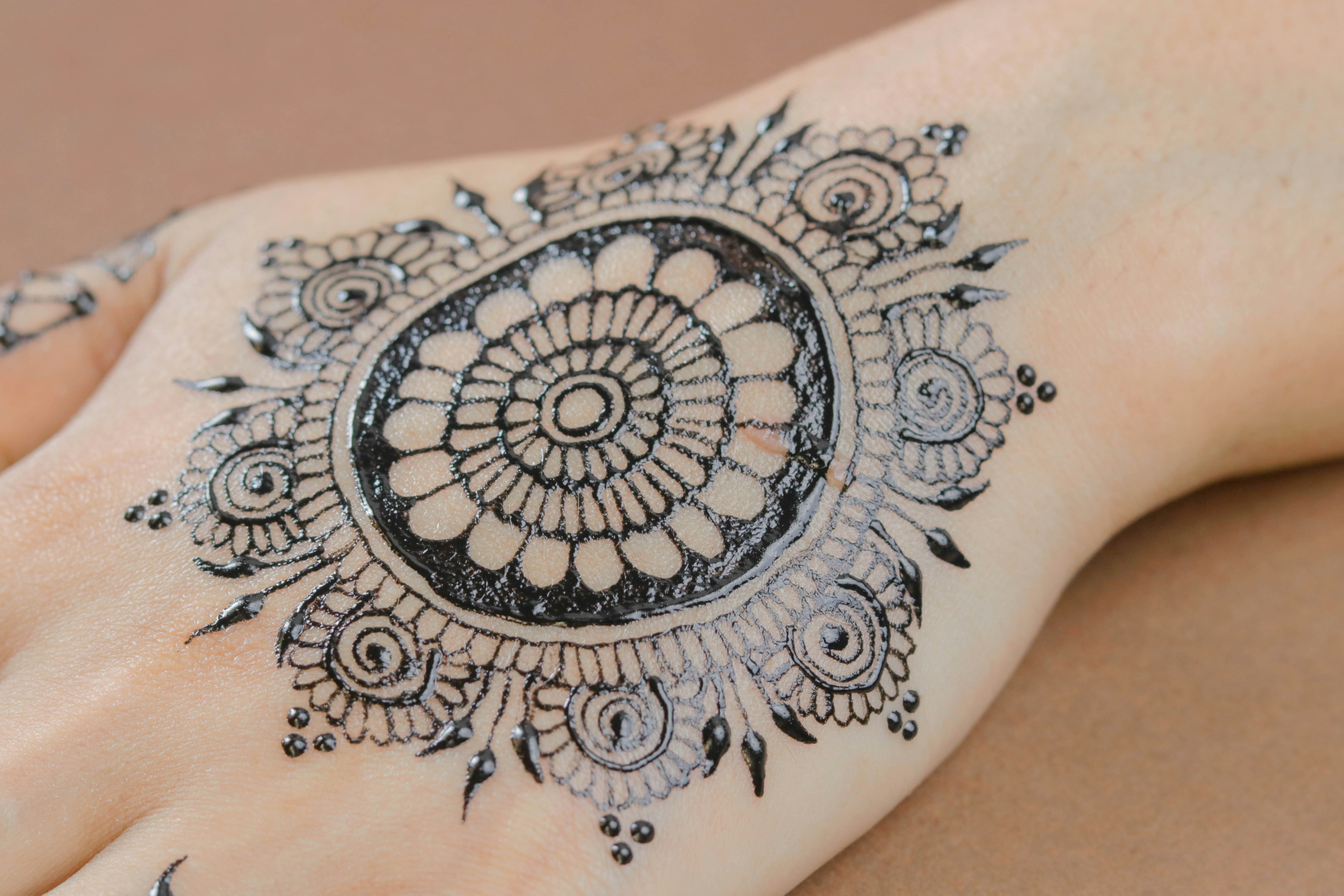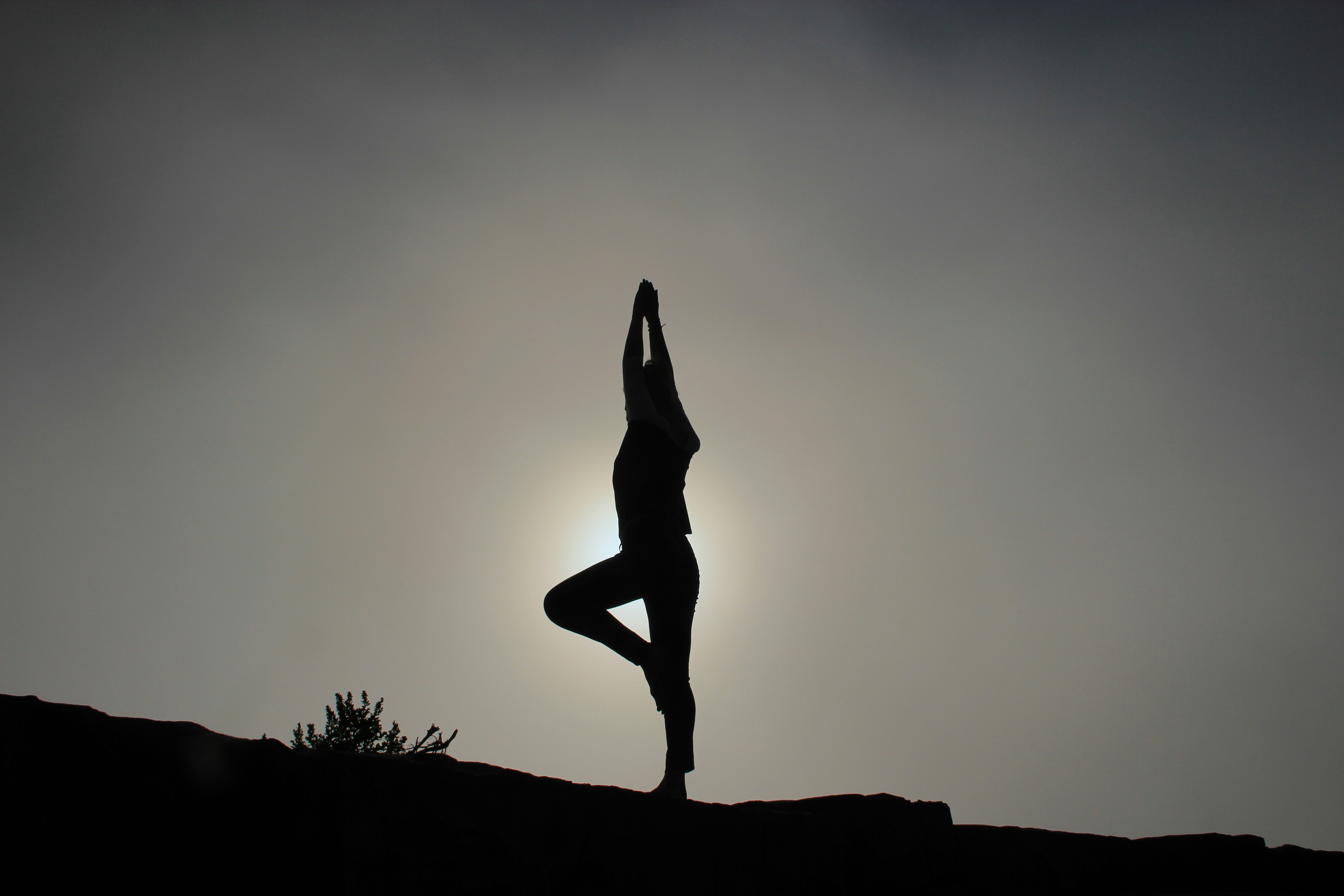Yantras are sacred symbols steeped in spiritual significance.
They are geometric designs that serve as powerful tools for contemplation, concentration, and meditation.
Each yantra carries a unique pattern, associated with a specific deity and corresponding to certain aspects of the universe. They function as energy diagrams, channeling and amplifying energy in spiritual practices.
The use of yantras extends beyond their traditional contexts in Hindu and Buddhist traditions. Today, they are integrated into modern spiritual practices, wellness routines, and even contemporary art.
This article provides a comprehensive list of yantras, delving into their meanings, historical origins, and uses.
Whether you are a spiritual seeker, a yoga practitioner, or simply curious about sacred geometry, this guide will offer insights into the fascinating world of yantras.
Understanding Yantras: More Than Just Diagrams
Yantras are more than mere diagrams. They are sacred symbols, each with a unique geometric pattern that holds profound spiritual significance.
These patterns are not arbitrary. They are meticulously designed to represent different aspects of the universe and the divine.
Yantras function as energy diagrams. They serve as focal points that channel and amplify energy during meditation and spiritual practices.
The process of creating a yantra is itself a meditative practice. It requires precision, mindfulness, and a deep understanding of the symbolic meanings embedded in the design.
Whether drawn on paper, engraved on metal, or etched onto three-dimensional forms, yantras are powerful tools for spiritual growth and energy alignment.
The Historical and Cultural Significance of Yantras
The origins of yantras can be traced back to the ancient Indus Valley civilization. Over time, they have evolved and been integrated into Hindu and Buddhist traditions.
Yantras are not just spiritual tools. They are also cultural artifacts that reflect the philosophical and metaphysical concepts of the societies that created them.
Each yantra is associated with a specific deity and is used in tantric rituals for worship. The placement of yantras in homes or workspaces is believed to bring positive energy and harmony.
Understanding the historical and cultural significance of yantras enriches our appreciation of these sacred symbols. It also deepens our understanding of the spiritual traditions they are part of.
The Most Revered Yantras and Their Meanings
Yantras come in various forms, each with its unique pattern and associated deity. Here, we explore some of the most revered yantras and their meanings.
Sri Yantra
The Sri Yantra, also known as Sri Chakra, is one of the most famous yantras. It represents the union of masculine and feminine divine.
This yantra is used in meditation to clear the mind and increase concentration. It is also associated with the goddess Tripura Sundari, the supreme manifestation of primal male and female energy.
Kali Yantra
The Kali Yantra is associated with the fierce aspect of the goddess Kali. It is used for protection and overcoming obstacles.
This yantra is often used in conjunction with the Kali mantra. It is believed to bring liberation and end cycles of death and rebirth.
Ganesha Yantra
The Ganesha Yantra represents the elephant-headed god Ganesha. It is used to remove obstacles and bring success.
This yantra is often used in the beginning of new ventures to ensure a smooth start and successful completion.
Laxmi Yantra
The Laxmi Yantra is associated with the goddess of wealth, Laxmi. It is used to attract prosperity and abundance.
This yantra is often placed in homes or businesses to attract wealth and ensure financial stability.
Baglamukhi Yantra
The Baglamukhi Yantra is used for victory over enemies and legal matters. It is associated with the goddess Baglamukhi, who is known for her power to paralyze e
This yantra is often used by those facing legal issues or those who feel surrounded by negativity.
Santan Gopal Yantra
The Santan Gopal Yantra is used by couples desiring to have a child. It is associated with Lord Krishna in his child form.
This yantra is believed to bless couples with children and ensure a safe pregnancy.
Mahamrityunjaya Yantra
The Mahamrityunjaya Yantra is associated with Lord Shiva. It is used for health and longevity.
This yantra is often used by those seeking healing from physical and mental ailments. It is also used to overcome fear of death and find inner peace.
Yantras in Practice: How to Use Them for Spiritual Growth
Yantras are not just symbols; they are powerful tools for spiritual growth. When used correctly, they can help align your energy and bring about desired changes.
The first step in using a yantra is to understand its meaning and purpose. Each yantra serves a specific function, from attracting wealth to enhancing concentration.
Next, the yantra should be placed in a clean and sacred space. It can be used as a focal point during meditation or as a part of daily rituals.
The orientation of the yantra is also important. It should be placed with the top pointing towards the North or East.
Finally, the effectiveness of a yantra depends on your intention and belief. It is not a magic tool but a spiritual aid that requires your active participation.
The Science and Psychology Behind Yantras
The science behind yantras lies in their geometric designs. These patterns are believed to resonate with certain frequencies, helping to align and balance energy.
From a psychological perspective, yantras can aid in concentration and mental acuity. The act of focusing on a yantra during meditation can help clear the mind and reduce stress.
Moreover, the colors and shapes in yantras can evoke specific psychological responses. For instance, certain colors can stimulate feelings of calmness or energy.
In essence, yantras serve as tools that can influence our mental and emotional states, promoting overall well-being.
Integrating Yantras into Modern Spiritual Practices
Yantras are not confined to traditional spiritual practices. They have found their way into modern wellness routines, including yoga and mindfulness meditation.
“
Incorporating yantras into daily rituals can enhance their effectiveness. For instance, focusing on a yantra during yoga can deepen the practice and increase concentration.
Moreover, yantras can be personalized for individual spiritual growth. This allows for a more intimate connection with these sacred symbols, enhancing their power and relevance in one’s spiritual journey.
Conclusion: Embracing the Power of Yantras
Yantras, as sacred symbols, offer a unique path to spiritual growth. Their geometric designs serve as powerful tools for meditation, energy alignment, and personal transformation.
Embracing the power of yantras can enrich your spiritual journey. It can provide a deeper understanding of the universe and your place within it.


